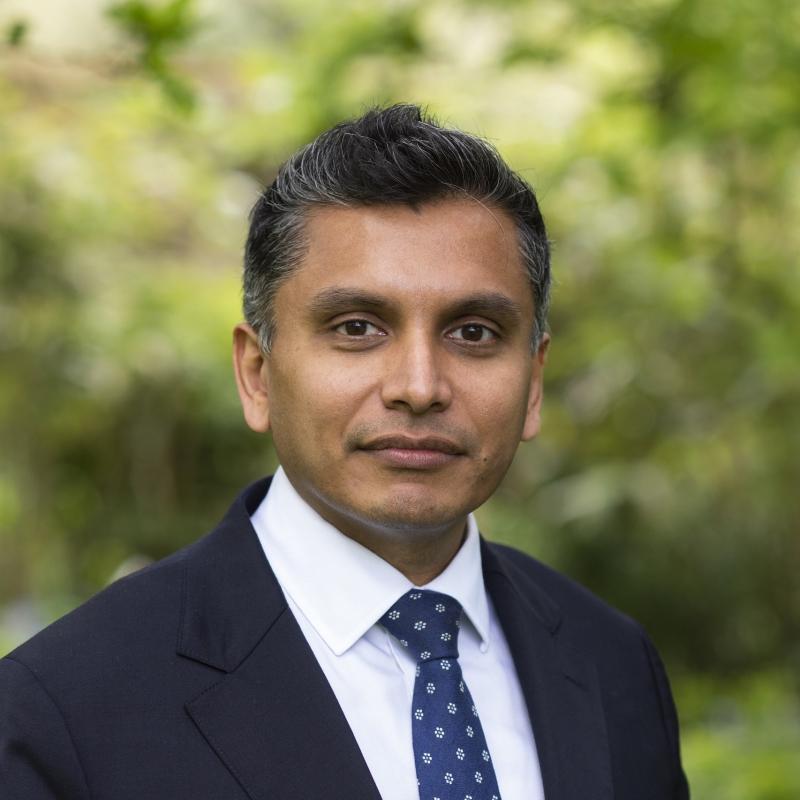Managing a case study discussion in class
For case study teaching to be most effective, the in-class discussions must be carefully managed.

To ensure students experience a productive learning environment, instructors must carefully manage the discussion.
During the discussion, the instructor leads the class through different phases, often called “pastures.”
Typically, pastures have one of four aims:
- exploration, where the class delves into the key tension of the case study;
- analysis, where the class seeks to understand why the tension exists;
- creativity, where students respond to the problem; and
- reflection, where students connect the discussion to past and future experiences.
In each pasture, the instructor should build upon student comments to draw out broader insights, to make connections between responses, and to transition between pastures. For students and instructors alike, therefore, listening is the default mode in the classroom. Instructors should seek to foster an active listening culture by encouraging students to connect their comments to what their classmates have previously said and by impressing upon the class that the instructor is looking for quality, not quantity, of engagement.
If the instructor successfully creates a classroom where students listen to and engage with each other, vehement disagreements are likely to ensue. With public policy case studies reflecting some of the most contentious and difficult decisions public leaders will face, students recognise the high stakes involved and often react passionately. Managing a case discussion is therefore a delicate process. The learning community necessary for productive case discussions is unlikely to develop organically in the classroom. In the words of the celebrated case-method professor C Roland Christensen, if instructors want effective discussions, they must work hard to create a learning ‘safe space’ with an atmosphere of intellectual hospitality where students can take risks.
Framing a classroom contract or shared commitments may help an instructor foster that sort of safe space. At the Blavatnik School, we establish three ground rules for all participants: first, be authentic and passionate; second, let others be so as well; and third, how you say something is as important as what you say. Regardless of the particulars, these shared commitments should seek to establish an atmosphere of mutual respect while allowing students to voice, discuss, and disagree with diverse opinions.
Simply stating these rules is not enough to get students to buy in; members of the community need to experience a contract in practice to internalise it. An instructor can provide guidance during discussions to ensure students stick to the ground rules. Additionally, at the Blavatnik School, we have used short mini-case studies concerning aspects of disruptive classroom behaviour, from accidental plagiarism to unintended misogyny. Students discuss the scenarios and envision for themselves the learning community they want to build.
In any case discussion, a classroom leader should frame cases as problems to be solved together. Group problem-solving can be embedded in the structure of a discussion class. For instance, in a case session at the Blavatnik School about the future of taxation, students work in small groups to design a new tax policy which their peers then vote on whether to pass or not. Students practice working within groups to generate and negotiate ideas, and must then come together to persuade a broader audience to accept their proposal. In such a setting, students learn to see their community as potential allies rather than rivals. Learning judgement is not a zero-sum game and, through the case method, students work together towards building their own and each other’s instincts and skills.
Karthik Ramanna is Professor of Business and Public Policy and director of the Case Centre on Public Leadership at the Blavatnik School. Oenone Kubie is Case Writer at the Case Centre on Public Leadership. This piece has been adapted from: Karthik Ramanna and Oenone Kubie, ‘Building better judgement amongst policymakers using the case-study method’, Blavatnik School of Government, 2020.
Using our cases
Building better judgement amongst policymakers using the case-study method is available on the Case Centre for instructors wishing to use it in their own teaching.


